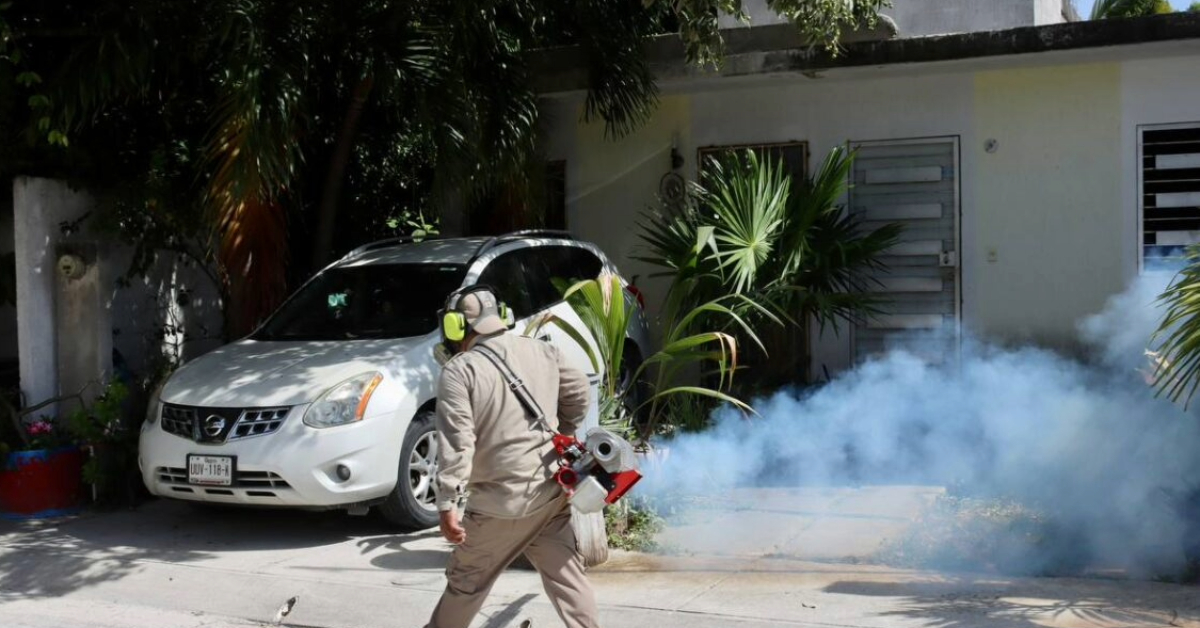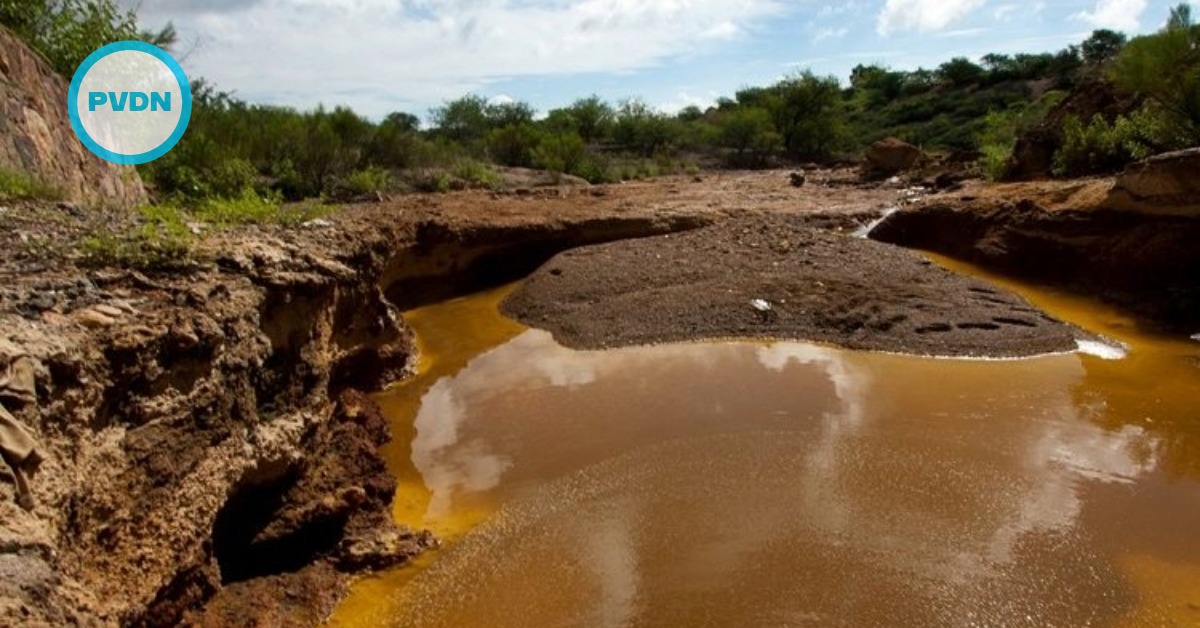Puerto Vallarta, Mexico - Mexico is currently grappling with one of the most severe dengue outbreaks in its history, experiencing a staggering 381.5% increase in cases compared to the previous year. As of June 23, 2024, the Ministry of Health has reported 18,631 dengue cases, a significant rise from the 3,869 cases recorded during the same period in 2023. Tragically, the outbreak has claimed 26 lives so far this year.






